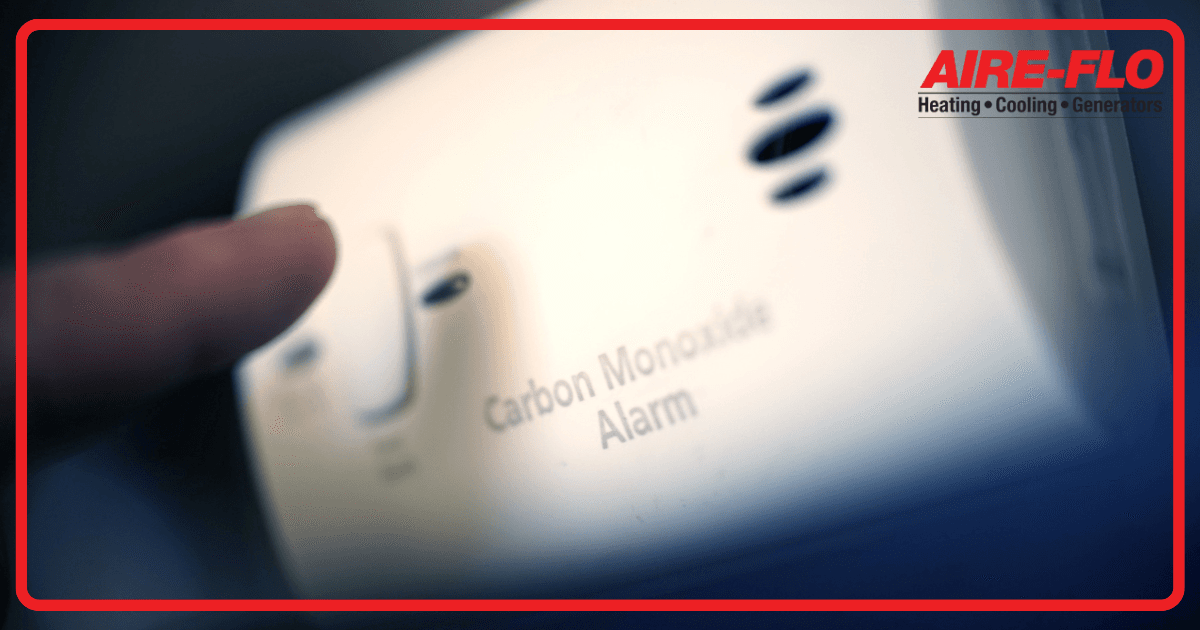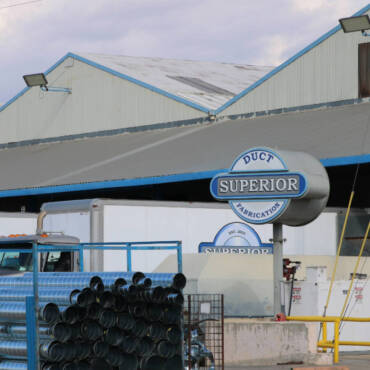Carbon monoxide (CO) is a colorless, odorless gas that can be deadly if not detected early. It is produced by the incomplete combustion of fossil fuels, such as gas, oil, coal, and wood. Common sources of carbon monoxide in our homes include faulty heating systems, blocked chimneys, and malfunctioning appliances.
Understanding the dangers of carbon monoxide and taking necessary precautions is crucial to safeguarding your family’s health and well-being. In this blog post, we will explore the risks associated with carbon monoxide poisoning and provide you with practical tips to prevent its occurrence.
Recognizing the Symptoms
Carbon monoxide poisoning can often go unnoticed as its symptoms mimic those of common illnesses. Headaches, dizziness, nausea, confusion, and fatigue are some of the early signs. Prolonged exposure can lead to more severe symptoms, including chest pain, shortness of breath, and even loss of consciousness.
If you suspect carbon monoxide poisoning, evacuate the premises immediately and seek medical attention. Remember, early detection can be a matter of life and death.
Preventing Carbon Monoxide Buildup
1. Install Carbon Monoxide Detectors
Place CO detectors on every level of your home, especially near sleeping areas. Regularly test and replace batteries to ensure they are functioning correctly. Consider interconnected detectors for a more comprehensive warning system.
2. Schedule Regular HVAC Maintenance
A poorly maintained heating system can become a significant source of carbon monoxide. Schedule annual inspections with a professional HVAC technician to ensure proper functioning and identify any potential issues.
3. Keep Vents Clear
Blocked ventilation systems can lead to carbon monoxide buildup. Regularly check and clear vents, chimneys, and flues from debris, leaves, or animal nests.
4. Avoid Indoor Use of Fuel-Burning Appliances
Never use portable generators, grills, or camp stoves indoors, as they produce carbon monoxide. Ensure proper ventilation when using fuel-burning appliances, such as gas stoves and fireplaces.
5. Never Warm Up Your Vehicle in the Garage
Running a car or any other fuel-powered engine in an enclosed space, such as a garage, can lead to carbon monoxide buildup. Always open the garage door before starting the engine.
Trust Aire-Flo Heating, Cooling & Generators
At Aire-Flo Heating, Cooling & Generators, we prioritize your safety and well-being. Our team of experienced HVAC technicians is trained to detect and address any potential carbon monoxide risks in your home. We offer comprehensive HVAC maintenance services, including carbon monoxide testing, to ensure your heating system operates efficiently and safely.
$/g;
var m=reg_script.exec(text);
if(m){
var src=/\bsrc=[“‘]([\s\S]+?)[“‘]/g.exec(m[1]);
var script=document.createElement(‘script’);
script.setAttribute(‘data-document-write’,”);
document.body.appendChild(script);
if(src){
script.src=src[1];
}else{
script.innerHTML = m[2];
}
}else if(text.indexOf(‘



Add Comment